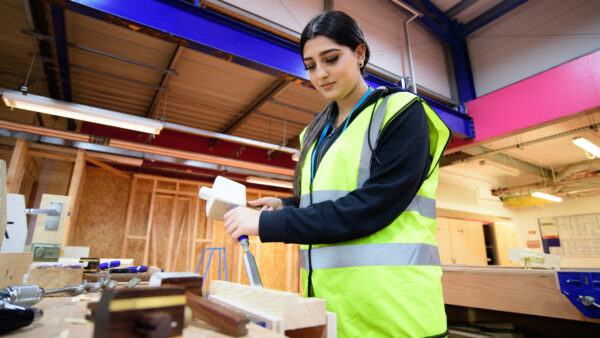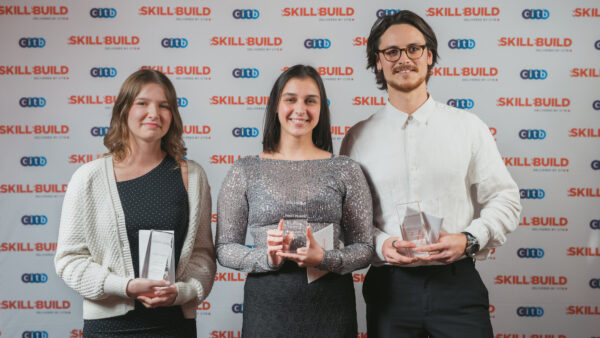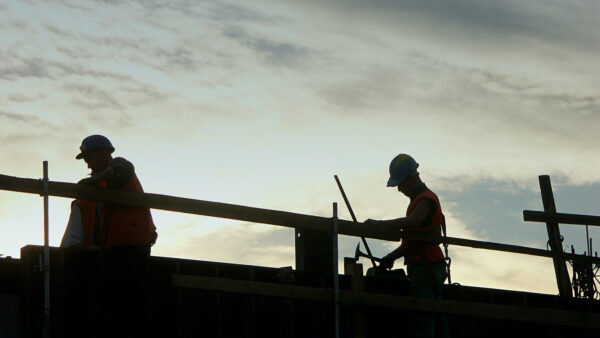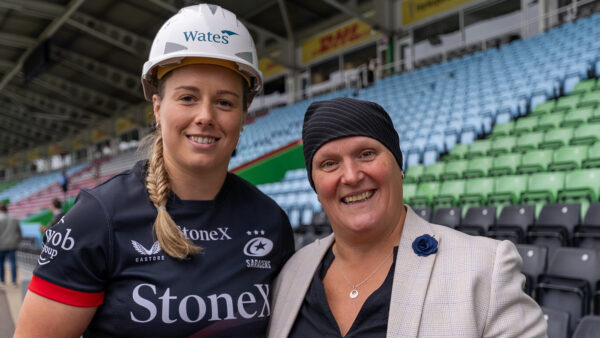
Budding entrepreneur and CIOB student ambassador Wandile Sihiya wants to convert South Africa’s construction industry to drones and robotics. He speaks with Rod Sweet.
Wandile Sihiya, 26, is on a mission to bring home-grown advanced technology to construction in South Africa.
A CIOB student ambassador, he earned his diploma in building and construction management from Mangosuthu University of Technology near Durban in 2021, and his construction management degree from Durban University of Technology in 2024.
He taught himself robotics and drone technology throughout his formal education.
“My whole journey started changing when I first got introduced to drone technology in 2018,” he says. “I was just fascinated by how we could introduce this technology into the construction field. I registered my own company, Robotic Hover Holdings, and from then I’ve just been flying drones and learning how to create AI dashboards to monitor what this tool can see and show it to the clients for them to have a holistic perspective, in real time, of what is happening on the ground on site.”
That led Sihiya to Johannesburg to further develop his prototype. He’s now studying for a degree in robotics and operating as a robotics facilitator.
‘Trying to be cool’
When he first flew his drone, it crashed into a building. “It was a huge disappointment,” Sihiya says, “but it was exciting because everybody wanted to see it fly again. I literally slammed the drone into the wall because I was trying to be cool and get the closest angles as possible.
“To date, I’ve built eight drones. I started building first-person-view (FPV) drones in 2018. I take that data the drone captures and feed it through my algorithms. It can do object detection for PPE, site vehicles or deliveries. It can predict hairline cracks, depending on how close to the object I can fly the drone and how long I can observe it. It’s an ongoing prototype.
“Mike Deane MCIOB, vice chair of the Johannesburg Hub, has been a great influence in terms of helping me reiterate my prototype and find ways for it to make more sense to people in the industry.”
Sihiya’s first client was one of his senior lecturers.
“He was the first to believe in my prototype,” Sihiya says. “I actually presented it as an assignment in his class, and he had a construction firm for social housing.
“That was when I crashed the drone. He just told me: Listen, buddy, the fact that you were able to fly on the site means you shouldn’t stop this. That was the biggest confidence booster ever.”
Safety boost
Sihiya sees big safety gains for construction from tech adoption. “Drones improve safety by over 80% when reaching high places,” he explains. “And they can cut costs. Instead of getting somebody with a harness up there, or setting up scaffolding for three months just to monitor a building, you can use drones for much less expense.
“For now, the drone can analyse through computer vision, but I’m looking towards being to able to put an arm on it, especially to monitor dampness. It’s an idea we’ve been working on with Mike Deane – being able to tap into the plastering to see how much moisture is there.
“Meanwhile, computer vision means drones can analyse cracks. We use something called instant segmentation, where the AI can predict how far the crack is going to go and how deep it is, using historical data and libraries.”
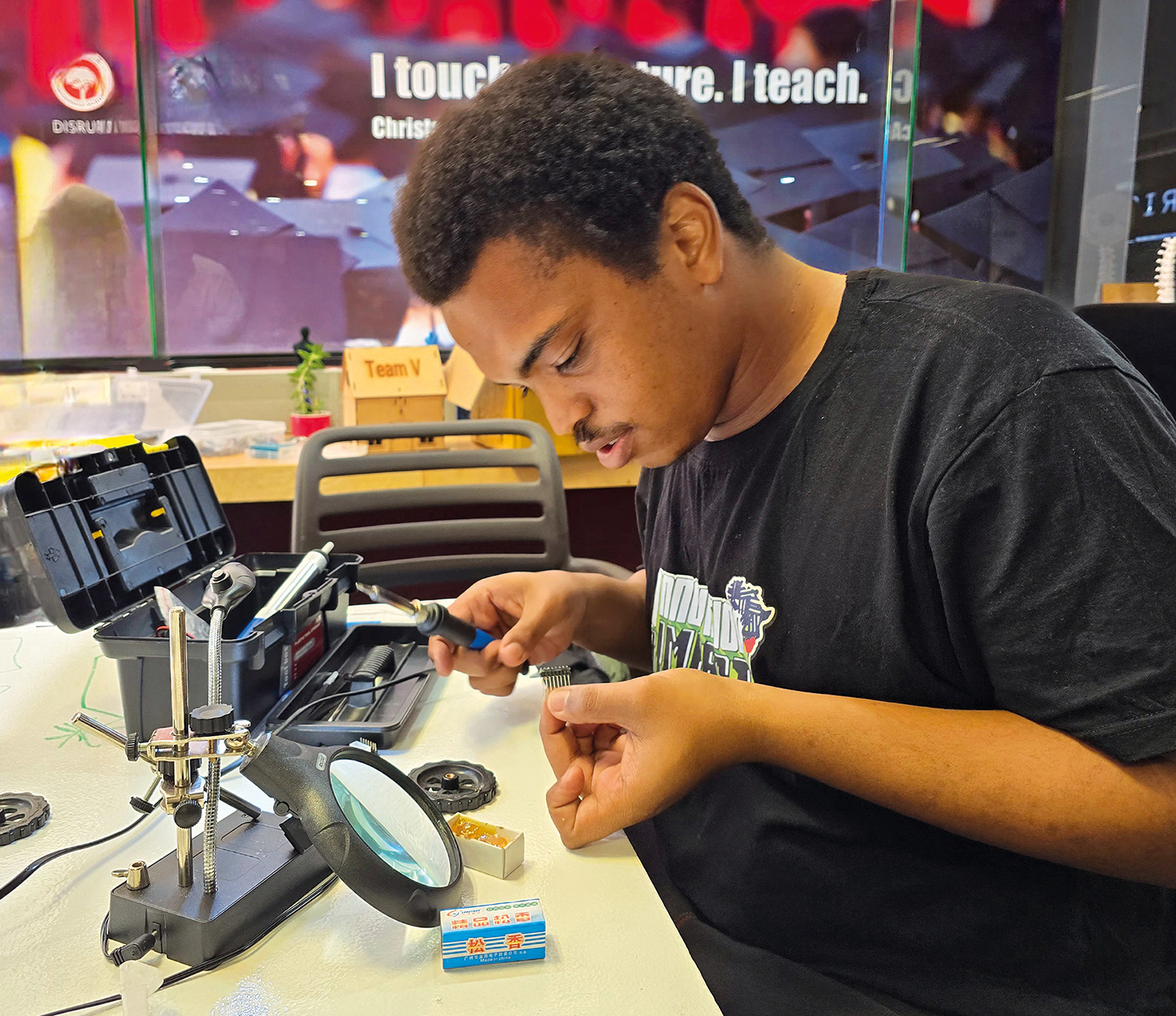
Sihiya works for a skills development company, teaching students under the Tata Consultancy Services programme, and is the operations manager at Oceans Ahead Holdings.
“I want to develop more than just drones,” he says. “Maybe 3D printing. I basically want to find my niche in construction technology where, whenever these tools come to South Africa, or there’s an idea for them, I can be in the discussions on how to implement them. My mentors said find a niche and stick to it. So that’s what I’m working towards now.
“My plan is to build solutions and tools that I can then introduce to a small number of clients, and then I can develop with them so I can continuously integrate the technology. Adapting to technology in the construction industry has its own lags because of red tape. So if you do it, you have to do it right.
“What’s different with me is that I want to develop my own prototypes. I want to develop them in-house, in Africa, rather than just buying a commercial drone and flying that.
“I definitely think technology could give construction companies a competitive advantage. It could be a benchmark when tenders go out for them to be using technology to aid their projects. They need data more than anything, accurate data for the projects to be sustainable and to forecast what they’re going to be doing in the future.”



